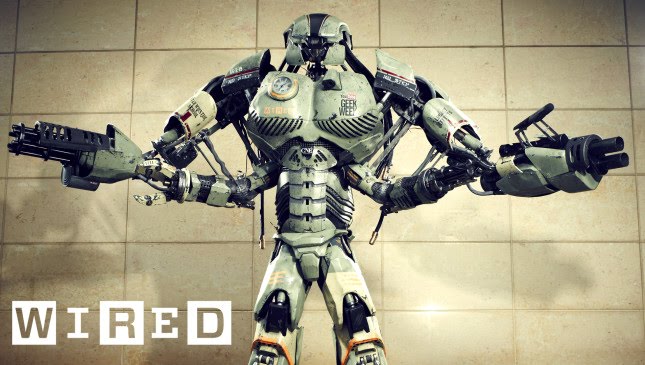How the Death of Malls is Revitalizing America’s Suburbs
Summary
Ellen Dunham-Jones, a professor of architecture and urban design at Georgia Tech explains the role of malls in American culture in the 80s and how they disrupted smaller mom and pop stores in downtown. She also talks about the decline of malls starting in the 90s, mostly due to the surplus of malls which began to cannibalize each other, demographic changes, and the shift to online shopping.
Table of Contents
- The Importance of Malls in American Culture
- Disruption of Downtown Businesses
- The Decline of Malls
- The Future of Dead Malls
- Redeveloping Dead Malls
- Living Metaphor
The Importance of Malls in American Culture
Malls played a significant role in American culture in the 80s, especially with teenagers who sought to shop for an identity in a homogenized world. Dunham-Jones notes that the malls became the place to go because they were all chain stores selling the same clothing that was seen in TV shows.
Disruption of Downtown Businesses
The growth of suburban malls was not beneficial to downtown mom and pop stores. Downtown areas were not invested in for about 20 years starting in the 30s and eventually paved the way for the development of suburbia.
The Decline of Malls
The decline of malls started in the 90s when there was a surplus of malls which began to cannibalize each other. Many mall owners defaulted on their loans and the demographic changes coupled with the shift to online shopping contributed to their decline.
The Future of Dead Malls
About a quarter of U.S. malls will have closed by 2022. Nonetheless, there are over 450 proposals to redevelop and re-inhabit properties across the United States.
Redeveloping Dead Malls
Entrepreneurs are renewing dead malls with community serving uses such as apartments, offices, ground-level retail, and community gardens. Community-based interests such as churches have also shown interest in these empty spaces.
Living Metaphor
The dead mall concept has become a living metaphor for some entrepreneurs and artists. Owners have converted dead malls into paintball zombie fields and filmmakers use them as sets for horror movies. Stranger Things is set to use dead malls as a setting in the third season.
Conclusion
The decline of malls has been largely due to the lack of investment in downtown areas and the growth of suburbia. The future of dead malls is slowly being reshaped and repurposed with community serving uses, thus revitalizing America’s suburbs.






